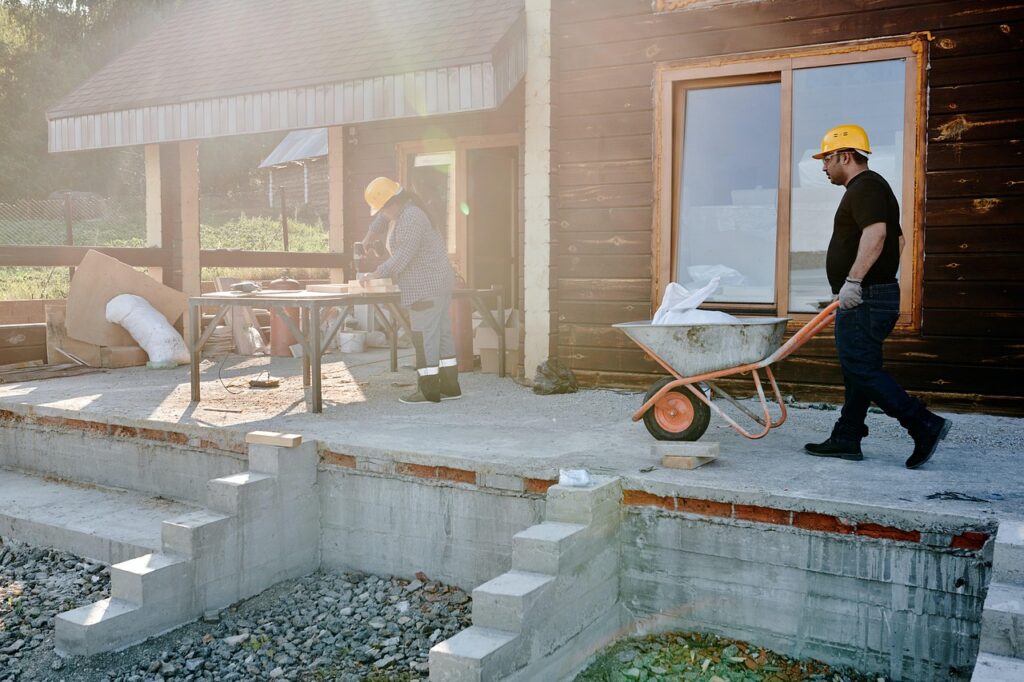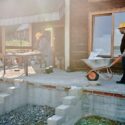Why you simply must checkout seismic retrofits in Arlington, Texas
Seismic retrofits – Everything you need to know!
Empower Your Home with Seismic Retrofits!
Dive into the world of seismic retrofits and protect your home from the unexpected challenges of earthquakes. Here are some invaluable resources to guide you on this crucial journey:
- Federal Emergency Management Agency (FEMA): Tap into FEMA’s comprehensive knowledge base and disaster preparedness toolkit.
- American Society of Civil Engineers (ASCE): Seek expert insights and best practices from renowned engineers specializing in seismic engineering.
- Your Local Building Department: Connect with local authorities for specific building codes and regulations to ensure your retrofit meets all safety standards.
- Shake Proof Your Home: A Guide to Seismic Retrofits: Access a user-friendly guidebook that simplifies the seismic retrofitting process, empowering you to safeguard your home.
Tip: If you’re short on time, here’s the gist: Seismic retrofits are like giving your house superpowers to resist earthquakes!
Unlock Seismic Resilience:
- Interviewing Your Retrofit Team: Seek seasoned professionals who have a proven track record in seismic retrofits. Ask about their expertise, pricing, and project timelines to ensure you find the perfect match.
- Finding Your Retrofit Heroes: Embark on an online search to locate contractors in your area. Explore their websites, read reviews, and gather recommendations to find the most trustworthy candidates.
- DIY Caution: While DIY projects can be rewarding, proceed with caution when it comes to structural changes. Consult with a professional engineer for guidance on major home modifications, such as adding walls or reinforcing beams, to ensure safety and optimal seismic performance.
By embracing these resources and taking proactive measures, you can transform your home into a fortress of resilience against the forces of nature. Empower yourself with seismic retrofits and protect what’s precious!
Shake Proof Your Home: A Guide to Seismic Retrofits
TL;DR – Too Long; Didn’t Read
Seismic retrofits are like giving your house a superhero upgrade to protect it from earthquakes. They’re not just for fancy homes, they’re for everyone who wants to keep their house safe and sound. To find the right experts, check online reviews, ask friends, and make sure they’re licensed and insured. If you want to tackle some DIY upgrades, we have tips and tools to help you! No matter how you choose to do it, making your home earthquake-ready is a smart move.
Introduction
Earthquakes can be scary and destructive. Even if you live in an area that doesn’t have a lot of quakes, it’s still a good idea to make your home as safe as possible. This is where seismic retrofits come in! A seismic retrofit is like giving your house a special upgrade to make it stronger and more resistant to earthquakes. It’s like giving your house a special superpower!
The Benefits of a Well-Kept Home: Seismic Retrofits
A well-maintained home is a happy home. Just like taking care of your teeth, you want to make sure your house is strong and healthy too! Having your home retrofitted can:
- Protect your family: Stronger walls, floors, and roofs can keep your home safe during a quake.
- Save you money: Preventing damage in the first place is always cheaper than fixing it later.
- Give you peace of mind: Knowing your home is earthquake-ready is a huge relief!
Finding and Vetting Quality Seismic Retrofit Contractors
Hiring the right people to work on your home is important. You wouldn’t want just anyone working on your bike, right? The same goes for your house!
Here’s how to find a trustworthy seismic retrofit contractor:
H3: The Research Squad: Finding Your Retrofit Heroes
- The Internet Sleuth: Start by searching online for contractors in your area. Look for reviews on sites like HomesGardenPros.com.
- Word-of-Mouth Power: Ask friends, neighbors, or family members for recommendations.
- Licensing and Insurance Check: Make sure the contractor has the proper licenses and insurance to work on your house.
H3: The Interview Process: Meeting Your Potential Retrofit Team
- Ask the Right Questions: During your interview, ask about their experience with seismic retrofits, their pricing, and their timeline for the project.
- Check the References: Get a few references from past clients to see how they were treated and the quality of the work.
- Compare Quotes: Get quotes from multiple contractors to compare prices and services.
DIY Homeowner Section: Taking the Seismic Retrofit Plunge
If you’re a skilled DIYer and want to take on some of the retrofitting projects yourself, we’ve got you covered!
H3: Essential Tools and Materials
- Safety First: Always wear safety glasses, gloves, and sturdy footwear.
- Basic Tools: Hammer, screwdriver, drill, tape measure, level, and saw are must-haves.
- Seismic Bracing: Look for steel bracing designed specifically for seismic retrofitting.
- Strong Fasteners: Use heavy-duty screws or bolts for secure connections.
H3: Simple DIY Retrofit Projects
- Securing Your Water Heater: Use earthquake straps to secure your water heater to the wall.
- Reinforcing Cabinets: Install cabinet latches to keep doors from flying open during an earthquake.
- Hanging Heavy Objects: Make sure all heavy pictures, mirrors, and shelves are securely mounted.
H3: Major DIY Projects: Proceed With Caution
- Structural Changes: If you’re planning to make major changes to your home’s structure, like adding walls or reinforcing beams, it’s best to consult with a professional engineer for guidance.
- Building Codes: Make sure you are following local building codes when making changes to your home.
- Safety First: Never attempt any retrofit project that you are not comfortable with or that you don’t feel confident in.
Summary
Whether you choose to hire a professional or tackle a DIY project, seismic retrofits are an important step in making your home safe and earthquake-resistant. Remember, you’re not just protecting your house, you’re protecting your family.
Don’t forget to check out these resources for more information about seismic retrofits:
- The Federal Emergency Management Agency (FEMA): https://www.fema.gov/
- The American Society of Civil Engineers (ASCE): https://www.asce.org/
- Your Local Building Department: Contact your local building department for specific codes and regulations.
More on seismic retrofits…
- Seismic Retrofits Keywords:
- Seismic retrofit
- Earthquake retrofitting
- Building retrofit
- Seismic upgrade
- Structural retrofit
- Base isolation
- Shear wall strengthening
- Foundation reinforcement
- Seismic resilient
- Earthquake safety
- Home & Garden Tips Keywords:
- Home improvement
- Home maintenance
- Gardening tips
- DIY projects
- Home decor
- Home organization
- Interior design
- Outdoor living
- Landscape design
- Kitchen remodeling
Contents
- 1 Seismic retrofits – Everything you need to know!
- 2 Shake Proof Your Home: A Guide to Seismic Retrofits
- 3 More on seismic retrofits…




Leave a Reply
You must be logged in to post a comment.